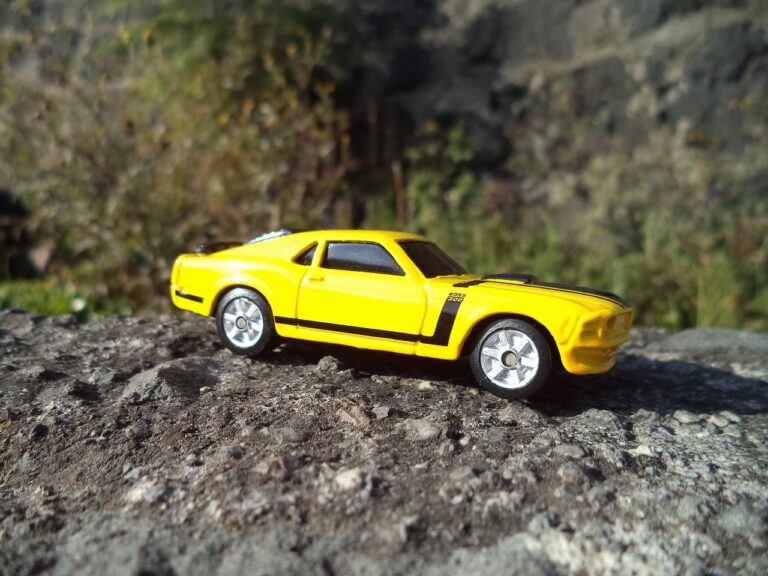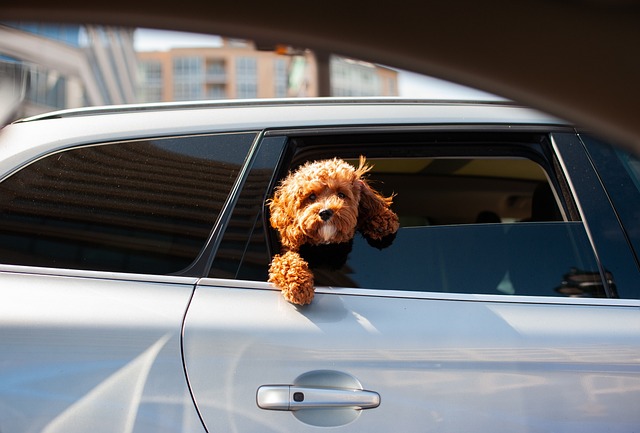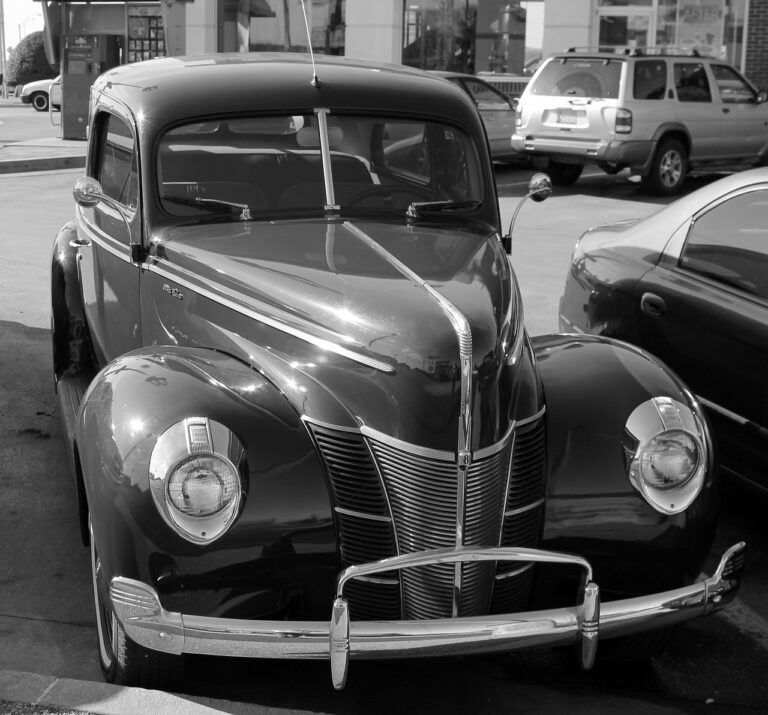The Impact of Autonomous Vehicle Technology on Wildlife Crossing and Habitat Protection
Automated vehicles are a groundbreaking technological advancement, offering numerous benefits such as improved road safety and reduced traffic congestion. However, their integration into transportation systems raises concerns about the impact on wildlife habitats. As these vehicles become more prevalent, it is essential to consider how they may disrupt natural ecosystems and wildlife behavior patterns.
The increased presence of autonomous vehicles on roads could potentially lead to higher rates of wildlife-vehicle collisions. This poses a significant threat to various species, especially those living near urban areas where habitat fragmentation is already a pressing issue. Finding ways to mitigate these risks and create safer environments for both wildlife and automated vehicles is crucial for fostering harmonious coexistence between technology and nature.
Challenges Faced by Wildlife in Urban Areas
Wildlife in urban areas face numerous challenges due to human encroachment on their habitats. As cities continue to expand, many natural spaces are being replaced with buildings, roads, and other structures, leaving wildlife with limited areas to inhabit. This loss of habitat puts species at risk of extinction and disrupts the delicate balance of ecosystems.
Additionally, increased urbanization brings about more interaction between wildlife and humans, leading to conflicts and safety concerns for both parties. Animals may venture into urban areas in search of food and shelter, putting them in danger of vehicle collisions, poisoning from ingesting human waste, or encounters with pets. Similarly, humans may feel threatened by wildlife presence near their homes, impacting coexistence efforts and escalating the risk of harm to animals.
Loss of habitat due to urban expansion
Risk of extinction for species
Disruption of ecosystem balance
Increased interaction between wildlife and humans
Conflicts and safety concerns for both parties
Dangers such as vehicle collisions, poisoning, and encounters with pets
Innovative Solutions for Wildlife Crossing
In recent years, the need for innovative solutions to facilitate wildlife crossing has become increasingly apparent. As human development continues to encroach upon natural habitats and disrupt wildlife migration routes, it is crucial to find effective ways to mitigate these impacts.
One promising solution that has gained traction is the construction of wildlife overpasses. These structures, often designed to mimic natural environments, allow animals to safely cross over highways and other barriers without risking collisions with vehicles. Additionally, wildlife underpasses have been implemented in various locations to provide safe passage for animals beneath roadways, reducing the risk of accidents and promoting connectivity between different habitats.
How can autonomous vehicles help in wildlife crossing?
Autonomous vehicles can be programmed to detect and slow down for wildlife crossing the road, reducing the risk of collisions.
What are some challenges faced by wildlife in urban areas?
Some challenges faced by wildlife in urban areas include habitat loss, increased human-wildlife conflicts, and barriers to safe crossing such as busy roads.
What are some innovative solutions for wildlife crossing?
Some innovative solutions for wildlife crossing include wildlife overpasses and underpasses, wildlife-friendly fencing, and wildlife detection systems on roads to alert drivers of approaching animals.







